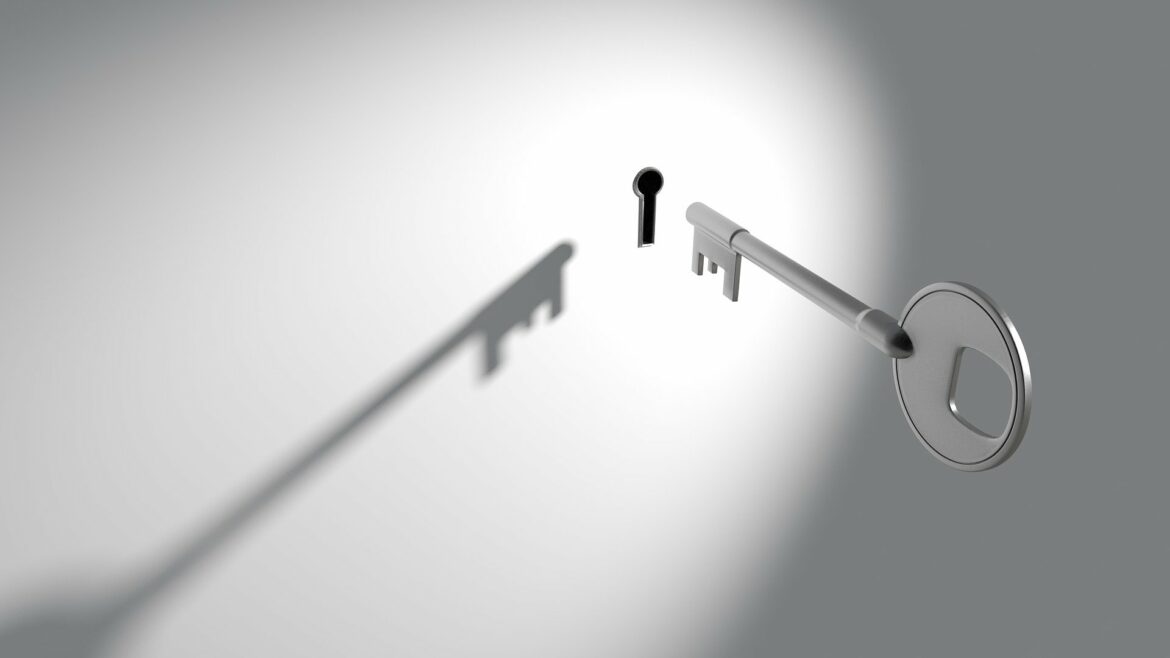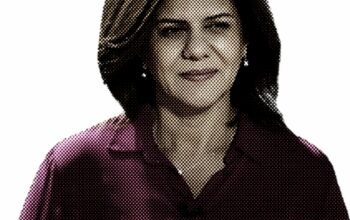What is fact-checking? Fact-checking is a journalistic term that indicates the work of ascertaining the events and the data used in a text or speech. This practice applies in particular to information given by politicians and, also as a self-check, to news disseminated by the media. Fact-checking is useful for uncovering errors, inaccuracies and lies. In the past it was mainly conducted by professional journalists, but with the spread of the internet it is also practiced by ordinary citizens, giving to fact-checking a civil consciousness connotation.
There are different types of fact-checking; internal fact-checking is the in-house analysis of the text; whereas external fact-checking is commissioned by the publisher to a third party. Ante hoc fact-checking is done before the news is spread, in order to avoid misleading content; post hoc fact-checking is carried out following a report of inaccuracies: the news is already out, but someone complains about it, finding errors and inaccuracies, so the publisher decides to edit. Research suggests that fact-checking corrects perception among readers or listeners – making them aware of the possibility of encountering fake news – and speakers – making them careful on their speech, knowing someone could unveil fake statements and preventing them from claiming false and misleading news. But, as news has an ephemeral nature and their content can change and adjust over time, fact-checking has limited temporal validity.
Watchdog journalism is a journalistic practice where journalists and news publishers interview political figures and the central subject of their stories in order to increase accountability. Most of the time, watchdog journalism takes the form of beat reporting on specific issues or topics. Beat reporting is a form of specialized reporting where the journalist almost exclusively concentrates on growing the knowledge around a topic, in order to be able to give commentaries and insights on the news. Normally, beat reporting is connected with the availability of sources, with whom the journalist maintains a long-term relationship of trust to be able to get more information. In the course of their work, watchdog journalists gather information about wrongdoings of people in power and deliver them to the public. To do their job, maintaining a certain distance from these same people is necessary to challenge their actions. The general topics covered by watchdog journalism are politically related and often connected to corruption, hidden evidence and wrongdoings.
How do they relate? These two practices both concern the quest for truthfulness within the journalistic practice. They are both particularly important in a time when journalism became a very fluid concept and fake news spread in the social media. But how do they differ from one another? We can say that fact-checking is a more general double-checking practice: common citizens can undertake it, as well as news agencies. On the other hand, watchdog is a very specific journalistic practice carried out by trained journalists: it normally involves working on a single topic, which is often delicate, for a long period of time and it is related with a certain level of risk as far as sources are concerned. Sources are normally present in controversial situations or organizations, therefore a higher level of attentiveness is required in order to make sure to protect the journalist’s and the source’s safety. If the point of both practices revolves around giving more detailed content, making sure news are not misleading or false, how do readers and listeners react when they discover that what they believed has been challenged.
The backfire effect
Thinking rationally, everyone who encounters a new element to a narrative would challenge their beliefs on the topics and adjust their perspective, right?. Imagine you read a news article from a trusted source that says the government which promised to not increase the gasoline price by 25%, now decided to do it. You will start thinking about the motivations behind the decision and change your view on the topic. Some emotions will come with it, especially if the decision strongly affects you.
But what if you are a strong supporter of the government which is now in charge?. Research shows that when people encounter evidence that causes their beliefs to be doubted, they often reject the fact. Moreover, they strengthen their support for the original stance. This is called the backfire effect, and it is a cognitive bias. So, in the gasoline example, even though internally you don’t agree with the decision of raising the gasoline price, you will support it anyways and even strengthen your commitment to back the government. Proving to people that they are wrong, showing them evidence of how supportive they were on the decision of not raising prices, will not change their mindset. On the contrary, this will reinforce their cognitive bias.
The backfire effect is strongly connected to the idea that challenging one’s beliefs can be intimidating: the person may fear the idea of crumbling their personality and therefore the image they have of themselves. How to challenge the backfire effect instead?. We said that showing evidence to people is most of the time ineffective. But to counter it effectively and prevent a defensive mindset when having a conversation around a specific topic, there are some debiasing techniques that can be used. Most of it lies in the manner the information is presented. A non-confrontational approach normally works better, as it gives the time and space to the person to reflect and question their beliefs.
Simpler explanations and questions can also be used. Normally people challenge their thoughts when they feel they are the one who are questioning them. Questions allow this process to take place. People need to first internalize the new facts in a manner that does make them feel they are challenging their whole personality. And to reach conclusions themselves.
Carlotta Sofia Grassi



